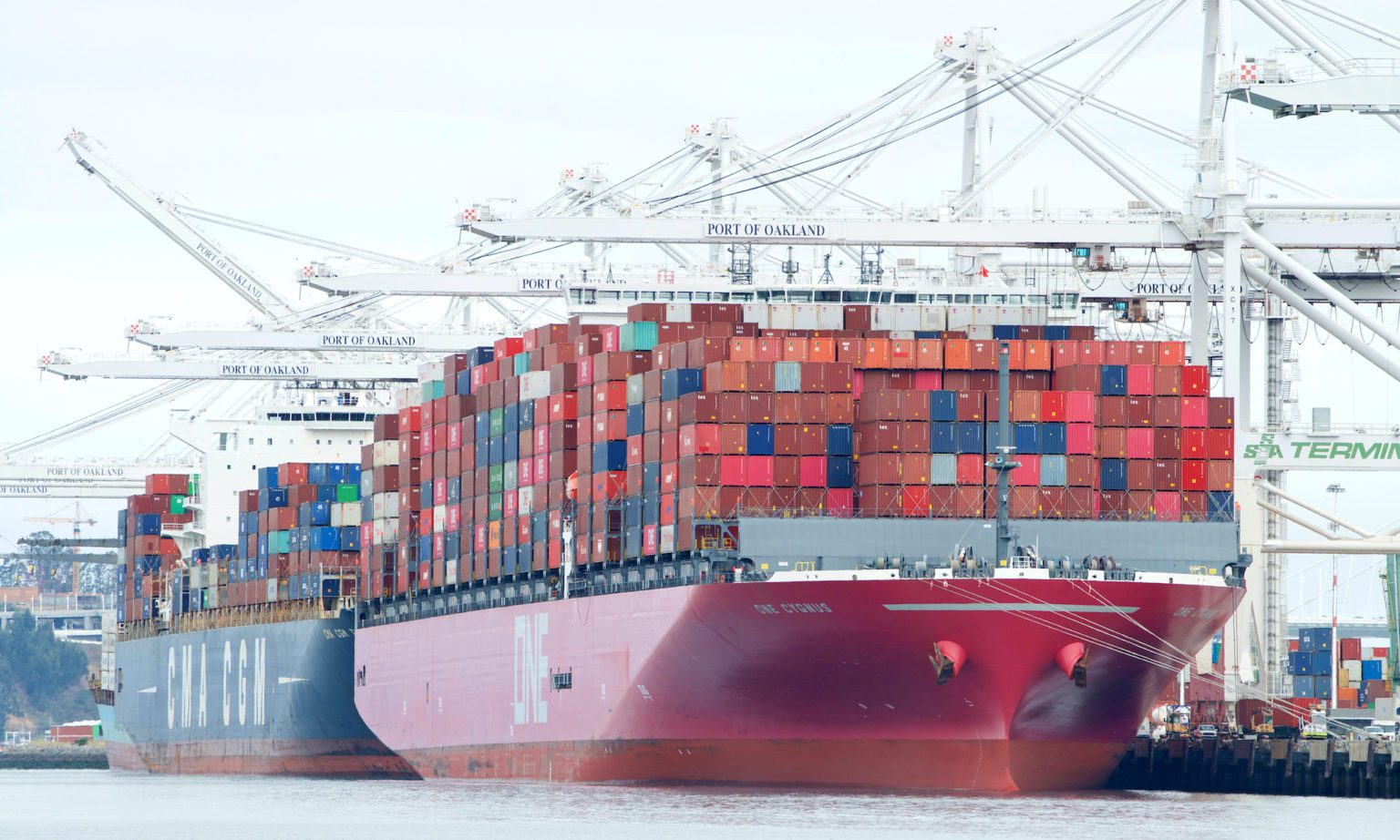Japanese carrier ONE and Taiwan’s Yang Ming today issued a transpacific network update to apply following the departure of Hapag-Lloyd from THE Alliance (THEA) next February.
The separate announcements from the carriers follows pressure from customers for clarification during negotiations for new annual transpacific contracts where their duration could extend beyond the date of the German carrier’s exit from THEA.
And it follows that Hapag-Lloyd and Maersk could be experiencing similar issues in their negotiations with transpacific shippers, who will be looking for some schedule certainty in their new agreements.
“We would like to present our 2025 transpacific product overview in advance, ensuring clear visibility,” announced ONE.
At first glance, the “refined” transpacific network mirrors THEA’s 2024 service network adjustment announcement (that included Hapag-Lloyd) issued on 13 December, with 13 loops covering Asia to the US west and east coasts.
However, ONE will offer 16 loops after its independent and joint transpacific services with Wan Hai are included.
Interestingly unlike the THEA announcement in December, both carriers appear to play down consortia membership.
“In response to the upcoming change within alliance membership, Yang Ming will refine its transpacific service network, starting from February 2025,” said the carrier. And ONE’s CEO Jeremy Nixon simply referred to the “long-term partnership with HMM and Yang Ming within the THEA scope on the Pacific”.
In a clear response to Hapag-Lloyd’s CEO Rolf Habben Jansen, who cited the need to improve schedule reliability as the principal reason for resigning from THEA to partner with Maersk in Gemini, Mr Nixon said the emphasis of the new network would be on “quality end-to-end direct services with high schedule reliability”.
The reference to “direct services” is in contrast to Gemini’s proposed hub & spoke product, where its 90% reliability target will depend on not just the integrity of the managed hub ports, but also the control and effectiveness of the spoke shuttle connections.
“The core products will include sufficient sea speed buffers and are designed so that the impact of Hapag’s departure in 2025 will have a minimal impact on ONE’s network and customers over the post-Chinese New Year disengagement period,” said Mr Nixon.
At this stage, there are no further details of the number or size of ships to be deployed on the revised transpacific network, or which line will be operating them, but the three remaining THEA members will have to step up their fleet contributions, unless THEA is able to find another partner to replace Hapag.
ONE and Yang Ming have so far not found the need to clarify their network service offerings post-Hapag on the Asia-Europe tradelanes, presumably because long-term contracts to North Europe and the Mediterranean tend to be renewed on a calendar year basis, unlike the transpacific agreements, which normally run from May to April.
Moreover, Asia to Europe networks have been more affected by the Red Sea crisis than the transpacific’s, and are currently operating on temporary schedules via Africa, rather than transiting the Suez Canal.



